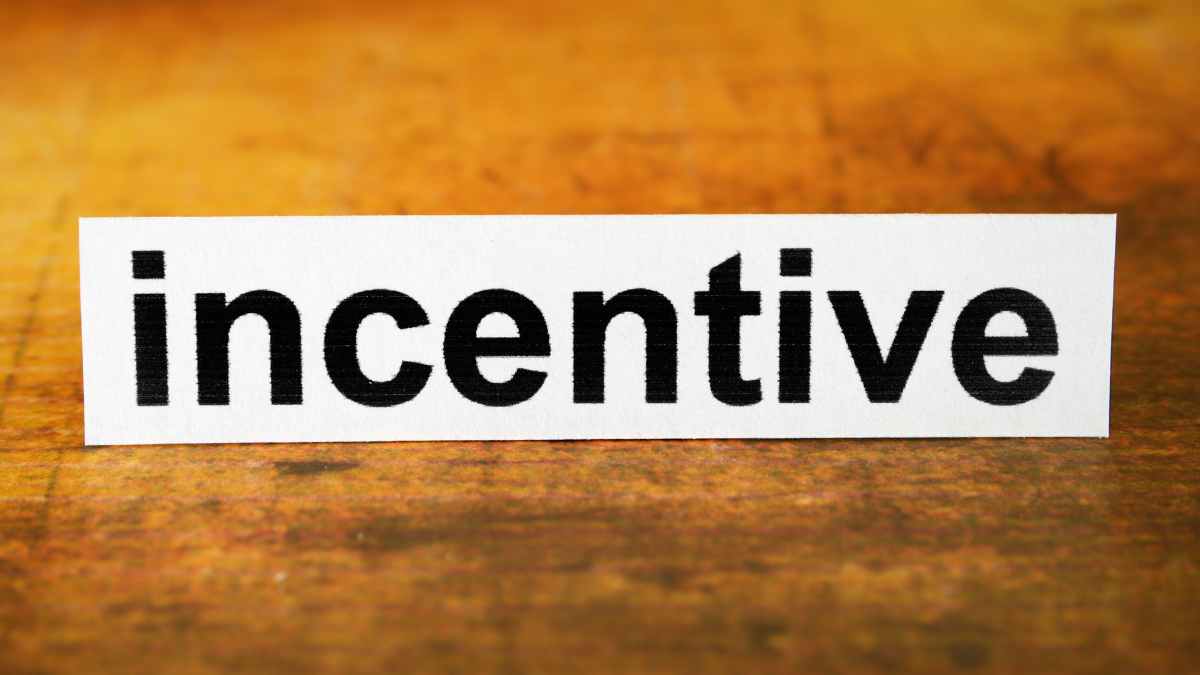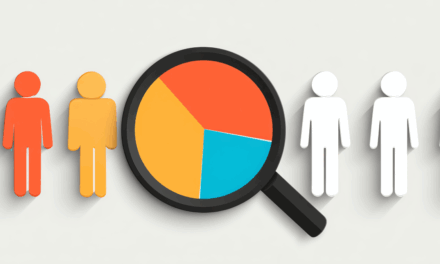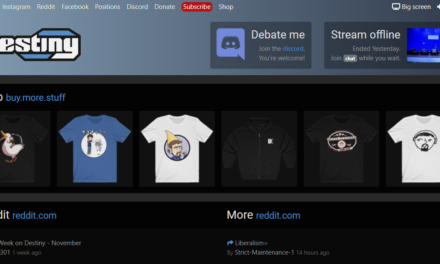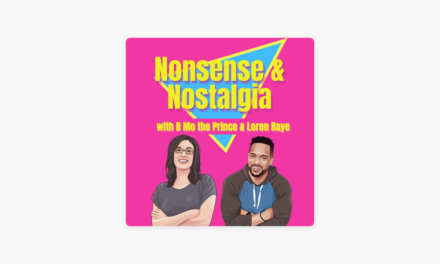Asking your audience to consume and share your content is nice. Motivating your audience with an incentive program to buy, subscribe, and promote your content is even better.
Whether you have a newsletter, book, podcast, online course, or other content product, you can develop an incentive program that grows both your audience and revenue. We talked to a newsletter consultant, a book author, a product provider, and a content website owner to get their advice for your business.
Referral programs
Now-mega newsletters, The Skimm and Morning Brew created successful referral programs. Morning Brew created reward tiers – five, 10, 50, 100 referrals – and gave away merch of corresponding value.
Though referral programs have evolved from where they were five years ago, they still can be a powerful tool, says Dan Oshinsky, who runs the email consultancy Inbox Collective and its newsletter.
But Dan says he doesn’t recommend giving away physical products, such as T-shirts, stickers, mugs, and tote bags, in today’s environment. “I have not seen a lot of success with giving away swag or that sort of merchandise,” he says. “Readers aren’t necessarily going to be super incentivized to share the newsletter with five or 10 friends just to get a coffee mug. Plus, on your end of things, as the operator, there’s a lot of work to print ship this sort of merchandise.”
In 2024, Dan says, content businesses should consider two incentive categories – digital rewards and contesting.
You can reward an audience promoting your content with an exclusive ebook, a discount code to a product or course – anything that a reader might be interested in getting access to and would be willing to share your newsletter for access to it.
Or you can hold a sweepstakes monthly or quarterly for audience members who get a handful of friends to subscribe to your content. In crafting the rewards, think about the lifetime value of an email subscriber. If it costs $15 to buy and deliver a prize, and the value of a subscriber is $3, the effort isn’t with it.
“To me, the most important thing is that you set your referral tiers fairly low,” Dan says. “Start small and start focused.”
Pre-order incentives
Tilt community member Annie Schiffmann created an incentive system for the launch of her book Simple Social Media.
“None of these were really things. They were creations that I came up with to enhance the experience of the buyer. They cost me basically nothing to make,” she says.
Before she released her book, she enticed buyers through pre-order bonuses, including the Simple Social Media webinar and a 20-minute personalized strategy session. They also received a free ticket to the launch party and access to a special mixtape on Spotify of songs referenced in her book.
Annie also put together bundle bonuses for bulk purchasers and formed partnerships with other creators to incentivize people to buy from her site rather than a book marketplace. On her site, she offers free digital resources for people who give her their email addresses when they buy the book directly.
Affiliate marketing
Stefan Chekanov, co-founder and CEO of Brosix, a secure instant messenger provider, uses an affiliate program that lets users earn money by promoting its product. While not a content business, the Brosix model offers lessons for content entrepreneurs.
Brosix pays a 30% commission on all referrals AND gives a 20% discount to the referred customers.
“This strategy works because both parties win: Affiliates earn commissions while promoting our brand, and customers enjoy discounted access to our premium services,” Stefan says. “At the same time, more users download our software and continue spreading the word. It creates a snowball effect and adds extra value to our brand by creating long-term partnerships and generating continuous revenue streams.”
Rewards act as tokens of appreciation
Scott Lieberman founded Touchdown Money, a resource for people to learn how to make money online. He rewards the site’s email subscribers with a first look at new content.
“This makes the email subscribers feel special and also lets me know which customers are most interested in new content,” Scott says.
“When customers are made to feel appreciated and rewarded for their loyalty, they will more likely become follow-up customers,” Scott says. “Happy customers are more likely to spread the word about your service and product, and personalized recommendations are some of the most effective ways to convert more people to try out your service or product.
“Building an emotional tie with customers and making it a priority of marketing will ensure not only keeping them as customers but will organically drive long-term success and add customers over time.”
About the author
Ann regularly combines words and strategy for B2B, B2C, and nonprofits, continuing to live up to her high school nickname, Editor Ann. An IABC Communicator of the Year and founder of G Force Communication, Ann coaches and trains professionals in all things content. Connect with her on LinkedIn and Twitter.










